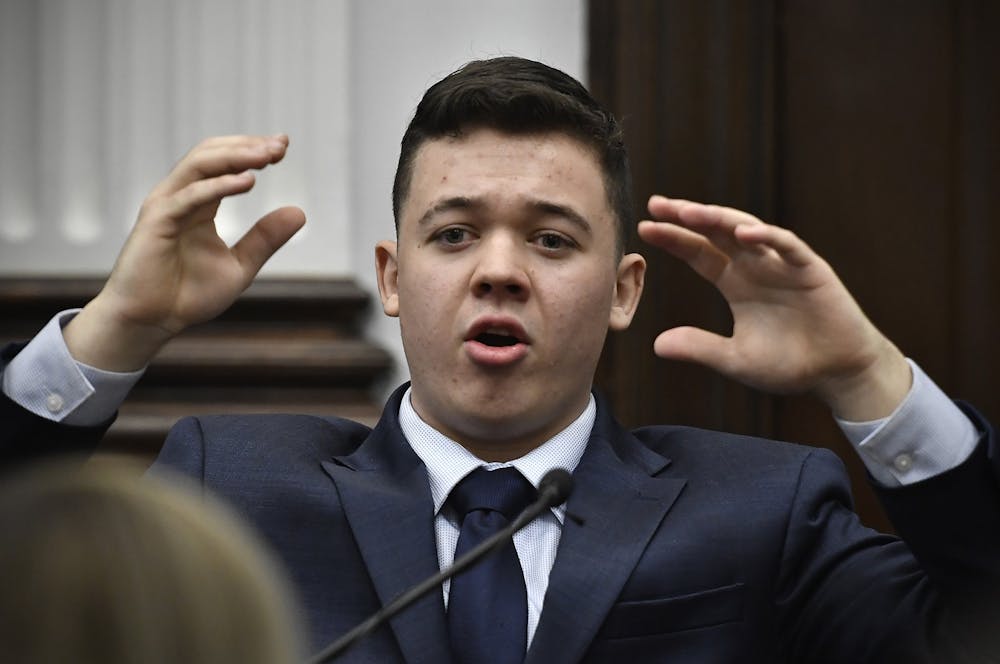On Tuesday, the jury went into deliberation for the trial against Kyle Rittenhouse in Kenosha, Wisconsin.
Last year, 17-year-old Rittenhouse crossed state lines and opened fire on people in Kenosha protesting police brutality and the death of Jacob Blake. Rittenhouse killed two and wounded one, and is now facing five felony charges — with the most severe carrying a mandatory life sentence.
Rittenhouse’s actions are just one brush stroke in the larger picture of white vigilante violence that paints much of American political culture. We are not untouched by this violence in North Carolina, or even on our own campus.
Even without the explicit use of violence, self-proclaimed vigilantes invade spaces of progressive protest and use fear and intimidation to send their message. They do this under the guise of preserving law and order — Rittenhouse said he traveled to Kenosha with the intent to protect private property.
Counterprotesters to the student-led Silent Sam protests waved Confederate flags and other far-right symbols in the face of students speaking out against racial injustice and the statue’s presence on campus. In 2019, a Confederate group walked onto campus carrying guns and weapons and faced no arrests.
Then, when UNC gave $2.5 million to the Sons of Confederate Veterans, it took a stand with a group that has long fought against racial equity across N.C. and across the South.
In 2017, in Charlottesville, Virginia, a rally of white supremacists turned fatal. Rally members, chanting and bearing racist and anti-Semitic slogans, were armed with torches, firearms and shields. One counterprotester was killed when she was struck by a car.
Although both of these circumstances bore different outcomes, they attempted — and arguably succeeded — to maintain the “status quo” of racial inequities and far-right sentiments across the South and in moments of civil unrest.
It’s important to differentiate the actions of Rittenhouse from the state-sanctioned police violence against protesters and people who are Black, indigenous and people of color. The violence of “vigilantes” often goes unchecked by the state and police — often, criminal justice outcomes only condone and allow racist and far-right sentiments to live on.



